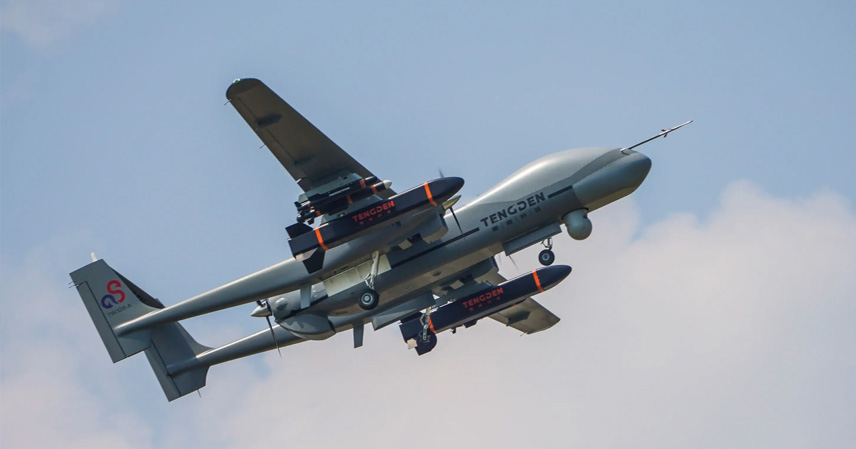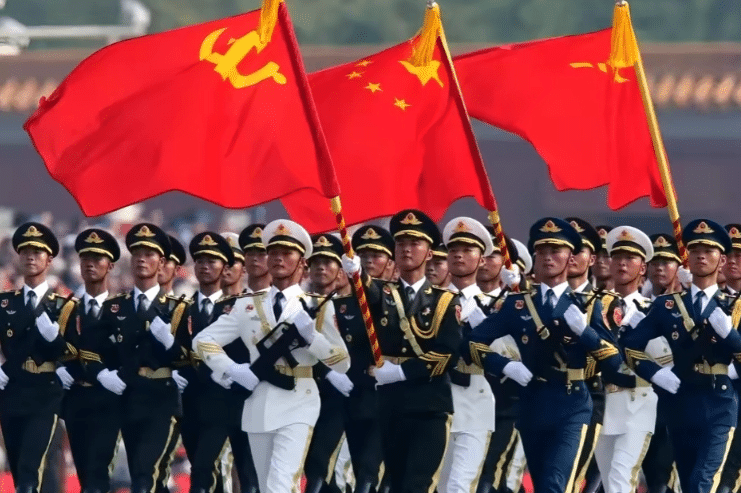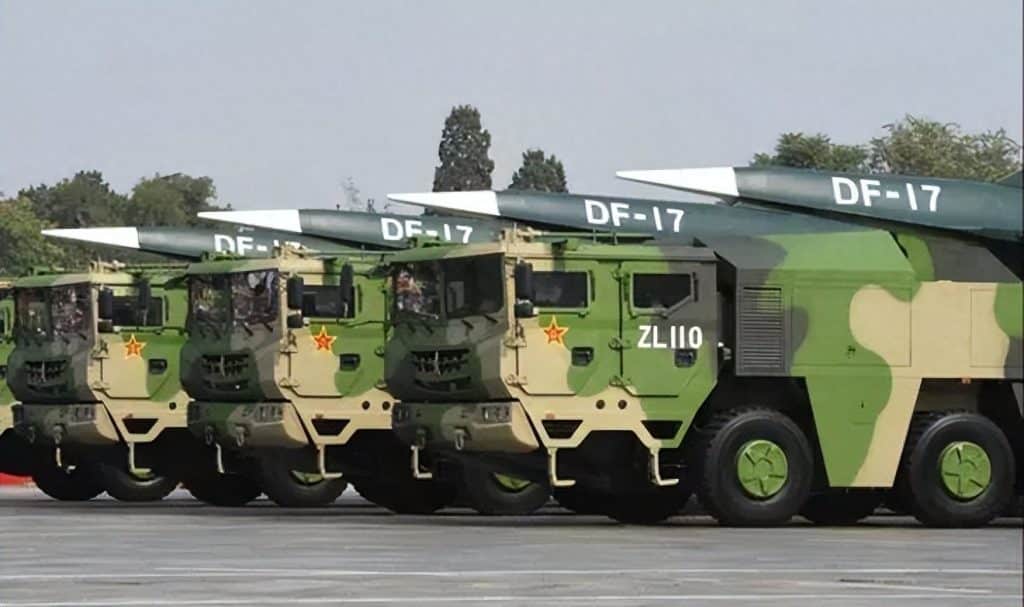A Nation Already in a War State
Despite the outward appearance of peace, China has been operating under a de facto state of war for nearly a decade. This does not mean activating full-scale wartime readiness; rather, it signifies a systemic mobilization across military, technological, and civil infrastructure, designed to prepare for any potential conflict.
Chinese think tanks have displayed extraordinary foresight, planning not just years ahead but decades into the future. Where other nations consider three steps ahead, China examines more than ten — sometimes even visualizing the geopolitical chessboard a century in advance.
Lessons from 2016: Awakening to Global Realities
The turning point came in 2016, during heightened tensions in the South China Sea and the Taiwan Strait. The crisis revealed the precariousness of China’s strategic position: for the first time in memory, the possibility of direct confrontation with the United States became tangible.
Since then, Chinese military and industrial institutions accelerated the development of advanced weaponry. Research and production in aerospace, naval, and electronic warfare technologies proceeded at unprecedented pace, ensuring that the nation would no longer be vulnerable to coercion.
Military Modernization: Achievements Across Domains
Naval Advancements:
- 2019: Commissioning of China’s first domestically produced aircraft carrier, Shandong.
- 2020: Entry of the 055-class destroyer, the world’s most advanced warship at the time.
- 2021: Commissioning of the 075 amphibious assault ship.
- 2025: Fujian-class 10,000-ton carrier with electromagnetic catapult capabilities, surpassing U.S. Ford-class technology.
Air Force Capabilities:
- 2016: Introduction of the J-16 multirole fighter.
- 2019: Deployment of the J-16D electronic warfare variant.
- 2020: Commissioning of the fifth-generation J-20 stealth fighter.
- 2024: Simultaneous debut of J-16 and J-50 sixth-generation fighters, prompting an immediate U.S. military acknowledgment.
Army Readiness:
- Strength and modernization displayed during the 2023 “93rd Anniversary Parade” underscored China’s combined arms capabilities and rapid mobilization potential.
Beyond Military Hardware: Civil-Military Integration
China’s long-term preparations extend beyond conventional military assets. Infrastructure projects — high-speed rail, national highways, energy grids, and urban utilities — are all designed with resilience and wartime utility in mind. Food security, energy distribution, and rapid emergency response are integral components of this strategic framework.
This systemic approach ensures that both military and civilian sectors can operate seamlessly in times of crisis, reflecting a national philosophy that considers the defense of sovereignty inseparable from societal stability.
Strategic Perspective: One Versus Many
Central to China’s strategy is the recognition that potential conflicts may involve multiple adversaries simultaneously. Historical lessons — from the Opium Wars to the experiences of smaller powers facing multinational coalitions — underscore that a large nation must prepare to stand alone if necessary.
China’s commitment to readiness is not driven by belligerence but by the imperative of deterrence. In the contemporary world, survival depends not on diplomatic idealism alone but on credible capacity to defend national interests.
Looking Ahead: Confidence for the Next Decade
Nine years of intensive preparation have endowed China with strategic confidence. Its military modernization, technological innovation, and civil-military integration have created a national posture capable of confronting global crises with resilience.
As China continues its trajectory, the next decade promises further strengthening of both hard and soft power. By 2035, China’s strategic and technological capabilities may redefine regional and global security architectures, ensuring that the nation’s sovereignty and interests are fully protected.



